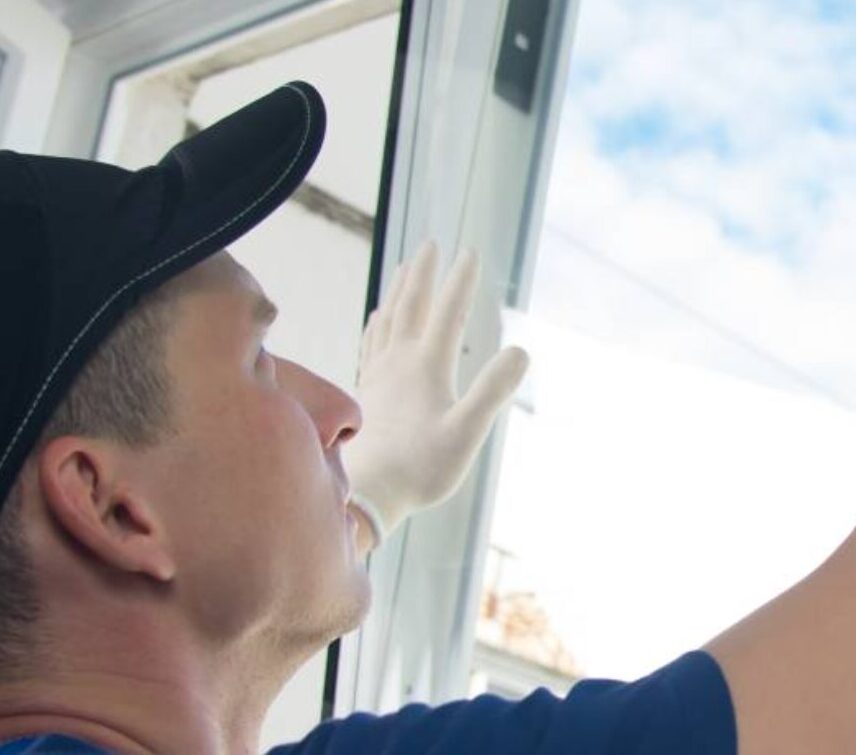How to Start a Blog in 2026: The Ultimate Beginner’s Guide to Building a Successful Blog ?

So, you want to start a blog. That’s fantastic! Whether you’re looking to share your passion, build a personal brand, or create a new income stream, blogging remains one of the most powerful ways to connect with an audience online.
But where do you even begin? With over 600 million blogs on the internet, how do you make yours stand out?
Don’t worry. This step-by-step guide is designed for absolute beginners. We’ll cut through the noise and walk you through everything you need to know—from choosing your niche to writing your first post and attracting your first readers. Let’s dive in.
Why Start a Blog? The Benefits Are Real
Before we get into the “how,” let’s talk about the “why.” Blogging is more than just writing; it’s about building something valuable.
-
Share Your Knowledge: Become an authority on a topic you love.
-
Build a Community: Connect with like-minded people from around the world.
-
Boost Your Career: Showcase your expertise to potential employers or clients.
-
Generate Income: Through ads, affiliate marketing, sponsored posts, and selling digital products.
-
Improve Your Skills: Writing, marketing, SEO, and networking are all valuable skills you’ll develop.
Step 1: Find Your Profitable Niche
Your niche is your blog’s topic or focus. It’s crucial to choose one that is both something you’re passionate about and has a potential audience.
How to choose:
-
Passion + Profit: Ask yourself: What could I talk about for hours? Now, research if people are searching for it online. (e.g., “sourdough baking tips,” “minimalist travel gear,” “beginner yoga at home”).
-
Get Specific: A narrow niche is easier to rank for than a broad one. Instead of “food,” try “vegan recipes for college students.” Instead of “travel,” try “solo female travel in Southeast Asia.”
-
Research: Use free tools like Google Trends or Reddit communities (subreddits) to see what people are interested in.
Step 2: Choose Your Blogging Platform and Hosting
This is the most technical step, but it’s simpler than it sounds. You need two things:
-
A Platform (Blogging Software): We highly recommend WordPress.org (not WordPress.com). It powers over 40% of all websites, is incredibly flexible, and is SEO-friendly.
-
Web Hosting: This is where your blog’s files live on the internet. It’s your blog’s rented space. For beginners, we recommend providers like Hostinger ,Bluehost or Site Ground for their affordability and easy WordPress installation.
Pro Tip: Avoid free platforms like Blogger or free WordPress.com. They limit your control, look less professional, and make monetization difficult. Investing in your own hosting (around $3-$10/month) is essential for taking your blog seriously.
Step 3: Pick a Memorable Domain Name
Your domain name is your blog’s address on the web (e.g., www.yourblogname.com).
Best practices for a great domain name:
-
Keep it short, simple, and easy to spell.
-
Use a .com extension if possible.
-
Include a keyword related to your niche if you can (e.g., “TheFitFoodie.com“).
-
Avoid numbers and hyphens—they are confusing to say out loud.
Step 4: Set Up and Design Your Blog
Once you have hosting and a domain, most providers offer a “one-click” WordPress install. Then, it’s time to design.
-
Choose a Theme: WordPress uses “themes” to control your blog’s appearance. Start with a free, lightweight, and mobile-responsive theme like Astra or GeneratePress. You can always upgrade to a premium theme later.
-
Install Essential Plugins: Plugins add functionality to your blog. Start with these must-haves:
-
Yoast SEO: Helps you optimize your posts for search engines.
-
Akismet Anti-Spam: Protects your blog from comment spam.
-
Wordfence Security: Adds a layer of security to your site.
-
Step 5: Write Your First Blog Post (The SEO-Friendly Way)
Now for the fun part: creating content! But writing for a blog isn’t like writing in a diary. You need to write for both your readers and Google.
The Anatomy of a Perfect SEO Blog Post:
-
Keyword Research: Before you write, find a keyword phrase your target audience is searching for. (e.g., “how to start a vegetable garden”). Use free tools like Google Keyword Planner or Uber suggest.
-
Compelling Title (H1): Make it catchy and include your main keyword.
-
Introduction: Hook the reader in the first few sentences. State what the post will solve or provide.
-
Use Headers (H2, H3): Break up your text with subheadings. This makes it easy to read and helps Google understand your content’s structure. Include keywords in your headers where it makes sense.
-
High-Quality Content: Provide massive value. Answer the question thoroughly, be original, and write in a clear, engaging tone. Aim for comprehensive, long-form content (1,500+ words often performs well for competitive topics).
-
Optimize Images: Use high-quality images and compress them for speed. Always fill in the
alt textwith a description of the image for SEO and accessibility. -
Internal Linking: Link to other relevant posts on your own blog. This keeps readers engaged and helps Google crawl your site.
-
Meta Description: Write a compelling 155-character summary of your post. This is what shows up in Google search results.
Step 6: Promote Your Blog and Find Readers
You hit “publish,” but no one comes. This is normal! A blog doesn’t build an audience overnight.
-
Leverage Pinterest: Pinterest is a visual search engine and a massive traffic driver for bloggers. Create beautiful pins for your posts.
-
Engage on Social Media: Share your content on platforms where your audience hangs out (Facebook, Instagram, Twitter, LinkedIn).
-
Learn Basic SEO: Continue learning about Search Engine Optimization. It is the #1 source of consistent, free traffic over the long term.
-
Build an Email List: From day one, use a free tool like MailerLite to collect email addresses. Your email list is your most valuable asset—it’s an audience you own.
Step 7: Monetize Your Blog
While making money shouldn’t be your only goal, it’s a great reward for your hard work.
-
Display Ads: Services like Google AdSense or Ezoic place ads on your site. You earn when users see or click them.
-
Affiliate Marketing: Recommend products you love and earn a commission on sales made through your special links (e.g., Amazon Associates, ShareASale).
-
Sell Digital Products: Create and sell eBooks, guides, printables, or online courses.
-
Offer Services: Use your blog as a portfolio to land freelance writing, coaching, or consulting gigs.
Your Blogging Journey Starts Now
Starting a blog is one of the most rewarding projects you can undertake. It’s a marathon, not a sprint. Focus on consistency, quality, and providing real value to your readers.
The most successful bloggers started exactly where you are now: at the beginning. Take the first step today.
For more reading : https://www.quora.com/How-do-I-start-a-blog-in-2026?top_ans=26843809



I like how you emphasized starting with a niche—it’s soBlog comment creation guide easy for beginners to skip that step and end up feeling overwhelmed. One thing I’ve found helpful is testing a few topics with short posts or social media updates before committing, to see what resonates most with an audience. Do you plan to cover how to promote those first blog posts too? That’s often where new bloggers struggle the most.
Yes
I agree that blogging helps you build skills beyond just writing. One thing I’ve found valuable is how it forces you to think critically about content marketing and SEO, which helps in all areas of online business.